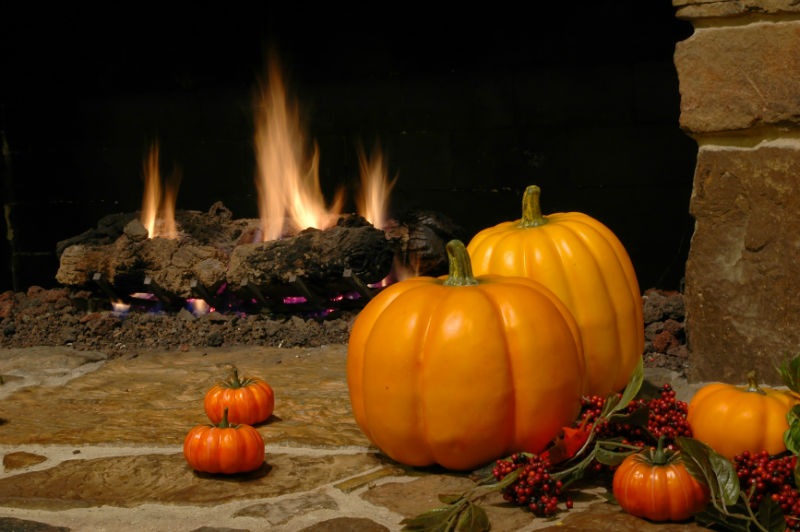 The seasons have officially changed, and fall is in full swing. The chilly winds have colorful leaves fluttering to the ground, and everyone is rifling through their closets to find a jacket warm enough to fight off the crisp air. While everyone is raking leaves and sipping cider, homeowners specifically have another thing to worry about: heating their homes. Some homes use forced air, other radiant heating. For the rest of the homeowners, they likely utilize some kind of fireplace or stove for all or at least part of their heating needs. If you are one of these homeowners, you may not be satisfied with the type of heating you are utilizing, and maybe it is time for a change. When trying to determine which type stove or fireplace you want, you must consider the type of fuel. The most common power sources for stoves and fireplace are wood, pellets, gas, and electricity, but which type is the best for your home?
The seasons have officially changed, and fall is in full swing. The chilly winds have colorful leaves fluttering to the ground, and everyone is rifling through their closets to find a jacket warm enough to fight off the crisp air. While everyone is raking leaves and sipping cider, homeowners specifically have another thing to worry about: heating their homes. Some homes use forced air, other radiant heating. For the rest of the homeowners, they likely utilize some kind of fireplace or stove for all or at least part of their heating needs. If you are one of these homeowners, you may not be satisfied with the type of heating you are utilizing, and maybe it is time for a change. When trying to determine which type stove or fireplace you want, you must consider the type of fuel. The most common power sources for stoves and fireplace are wood, pellets, gas, and electricity, but which type is the best for your home?
Wood-burning appliances utilize small, split logs of various types of wood to fuel the fire. Depending on the type of wood you choose to burn, the fire can run for anywhere from two to five hours before needing additional fuel. Many people enjoy wood-burning fires for the authentic smells, sounds, and appearance. However, wood can be expensive, particularly if you choose lighter-density wood like birch or pine, which burns quickly. It also dirties the chimney faster than pellets and gas, which requires frequent cleaning and inspection.
Fireplace and stoves that burn pellets are another heating option. Pellets are condensed pieces of wood that go through several processes including debarking, grinding, drying and compression. This fuel burns very efficiently, and a full stove can burn pellets for up to 16 hours without needing to be refilled. While the condensed form allows for easy storage, this fuel tends to be fairly expensive.
Another fuel option is propane, more commonly known as natural gas. This fuel runs directly to the house through underground pipes, and one benefit is that you have constant access to it and never have to leave the house to obtain it. Gas burns up to 99 percent efficiently, meaning it is the most cost-effective fuel. Unfortunately, not all towns have gas lines running to each house, making it difficult to use gas-powered appliances. You can opt to install a propane tank, but these need to be filled regularly.
Lastly, electric stoves and fireplaces are another option. These cost quite a bit to run compared to the small amount of heat they provide. Usually used for zone-heating or to heat a confined space, they are affordable to purchase initially and do not require a chimney or specialized cleaning.
For help in choosing the best appliance for your space, contact the professionals at Tri County Hearth and Patio Center.
